Explore the Best AI Image Gallery

Beyond the Brush: How AI-Generated Visual Content is Reshaping the Creative Landscape
The realm of creativity has witnessed a seismic shift with the advent of artificial intelligence (AI). No longer confined to the realm of science fiction, AI is now generating compelling visual content, pushing the boundaries of artistic expression and challenging traditional notions of authorship. This revolution in visual creation has profound implications for the creative industry, sparking both excitement and apprehension.
A Canvas Powered by Algorithms
AI-powered tools can now generate a wide range of visual content, from realistic images and animations to abstract art and bespoke designs. These algorithms learn from vast datasets of existing artwork, identifying patterns and stylistic nuances to produce novel creations. This opens up exciting possibilities for:
- Rapid Prototyping: Designers can quickly generate multiple variations of concepts, exploring different aesthetics and layouts with ease.
- Personalized Content: AI can tailor visual content to individual preferences, creating unique experiences and marketing campaigns.
- Democratization of Art: By lowering the barrier to entry, AI empowers individuals with limited artistic skills to express themselves creatively.
Applications Across Industries
The impact of AI-generated visual content extends far beyond the traditional art world. Industries such as:
- Advertising: Generating eye-catching visuals for campaigns and social media posts.
- Gaming: Creating immersive environments, characters, and assets.
- Film & Television: Producing special effects, background imagery, and even character animations.
- Education: Visualizing complex concepts and creating interactive learning materials.
Ethical Considerations
While the potential of AI-generated visual content is vast, it also raises important ethical considerations:
- Copyright & Ownership: Who owns the rights to AI-generated artwork? How do we address questions of authorship and intellectual property?
- Bias & Representation: AI algorithms can perpetuate existing biases present in training data, leading to skewed or unfair representations.
- Job Displacement: Could AI-powered tools replace human creatives in certain roles?
The Future of Creative Collaboration
Rather than viewing AI as a threat, the future likely holds a collaborative relationship between humans and machines. Artists can leverage AI as a powerful tool to enhance their creativity, explore new ideas, and push the boundaries of whats possible.
AI can handle time-consuming tasks, allowing artists to focus on conceptual development and artistic vision. Imagine:
- Interactive Art Installations: AI could respond to viewer input, creating dynamic and evolving artworks.
- Personalized Storytelling: AI could generate unique narratives tailored to individual preferences.
- Generative Design for Sustainability: AI could optimize designs for efficiency and resource conservation.
Embracing the Evolution
The rise of AI-generated visual content represents a paradigm shift in the creative industry. It demands thoughtful consideration, open dialogue, and a willingness to embrace new possibilities. By navigating the ethical challenges and fostering collaboration between humans and machines, we can unlock the immense potential of this transformative technology.


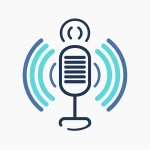
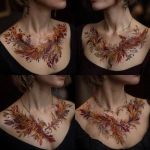
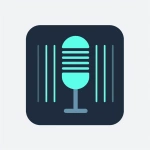
](https://images.ai-img.art/thumbnails/150/b94716d4b88da3e1ec3ab12162616a52ff5698251ac791ddf8478649889a0f47.webp)
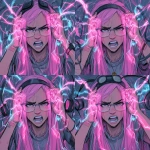
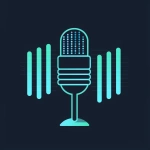
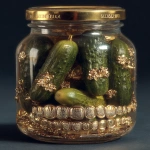

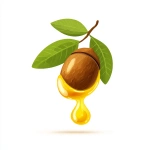
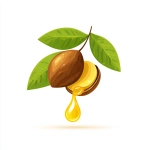
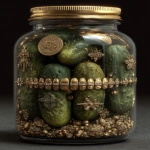
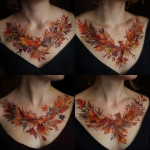

](https://images.ai-img.art/thumbnails/150/4c5bdb0a0a1f761a911521333b9e3463c885aa247b42d1d311a97f2aa2c513d2.webp)
](https://images.ai-img.art/thumbnails/150/4c67c727683a835917441757b71ace563950f9178fa4826e09a55cfb092ac715.webp)
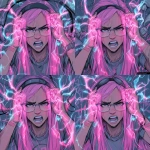
](https://images.ai-img.art/thumbnails/150/469bffae134ea97666025052588e76bb4dd4b6b98c4888cfd7873929a73156ff.webp)

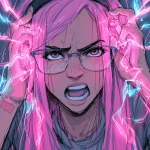

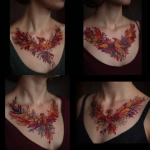

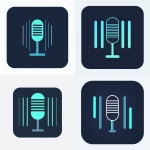


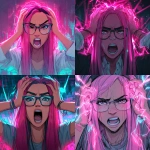

](https://images.ai-img.art/thumbnails/150/985b7bf314caa205e59a2c973e979ce77cf5b24ca39799fffe2e30ea7c79ef07.webp)
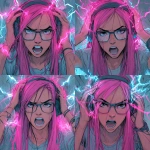


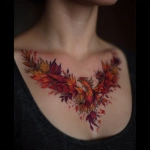
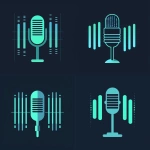

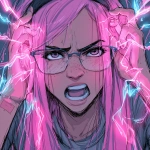
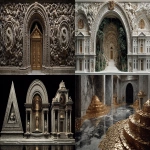


](https://images.ai-img.art/thumbnails/150/fe996254fcb758c1365f3a22783ee6112ed5e34579deb401de674b06938efb2a.webp)